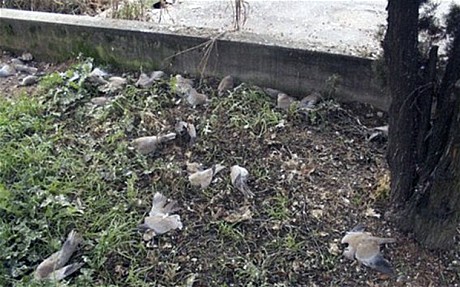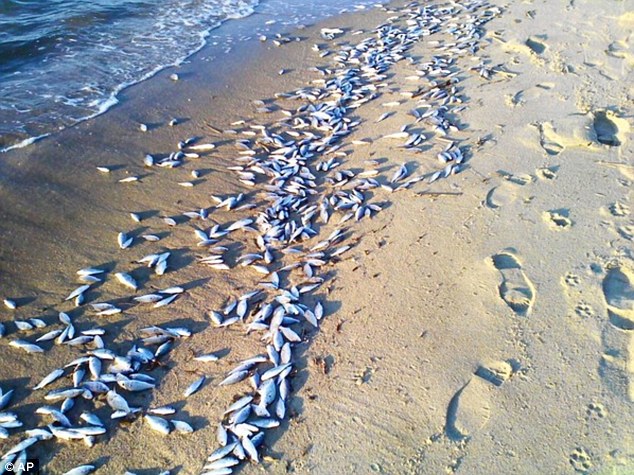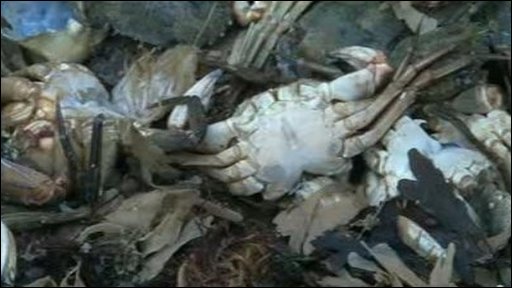There has been a recent spate of media reports concerning large and, supposedly, unexplainable mass die-offs of birds, fish, and even crabs around the world. The following article by Craig Medred (Jan 10, 2011), a feature writer for AlaskaDispatch.com, puts it into perspective:
“Massive bird, fish kills in Alaska … and no one noticed”
The birds are dying; the fish are dying. Some panicky media are calling the former “aflockolypse.”
Dead birds in Louisiana. Dead birds in Sweden. Dead birds everywhere.
How freaked out will people get if they discover 10,000 or so American widgeon have died in Alaska this year, along with about 20,000 mallards?
Yes, they did. Thousands of Canada geese did, too. They got shot dead just a couple months ago during the waterfowl season, and you know what? It doesn’t matter. Nationally, some 13 to 14 million ducks and about 3.5 million geese die each year in a spray of pellets sent up by waterfowl hunters. And you know what? That doesn’t matter either. Why? Because these deaths are, by and large, what wildlife ecologists consider “compensatory mortality.”
The short explanation of why “compensatory mortality” doesn’t matter is this: The deaths are meaningless because hunting removes a bunch of birds destined to die shortly anyway. Maybe that will help put some of the national dead-bird hysteria in perspective. Birds die on a massive scale every year. Fish even more so. Alaskans killed 164 million salmon this year — one hundred and sixty four million, and that too was meaningless.
Why? Because the state manages salmon on what is called a “maximum sustained yield” basis. It doesn’t kill any more in any given year than will be replenished by the next cycle of reproduction. And the next cycle of production will produce billions — yes, billions with a “B” — of salmon fingerlings in order for hundreds of millions to return to Alaska so Alaskans can kill tens of millions or, as was the case this year, 16 tens of millions.
This is nature. It is about death on a massive scale.
Usually, it happens out of sight and out of mind. The average American, on a summer weekend road trip, might well kill 10,000 insects with the grill and windshield of the car and never notice. Likewise, 10,000 — or for that matter 200,000 — fulmars or common murres can die in the Gulf of Alaska almost unnoticed. But when some blackbirds die in plain sight in Arkansas, and their death becomes a news story, well, it’s a different matter. Not because nature has changed. Nature has been killing helter-skelter, indiscriminately and massively forever.
All things die, including us. That is a constant. We are not. We have changed. The dead birds in Arkansas took on a new significance because we are all interconnected by the tubes now. Reporters everywhere saw the story about dead birds in Arkansas and dead fish in Chesapeake Bay and they started looking for dead stuff everywhere.
And one of the first rules of science — especially really, really bad science — is that if you look hard enough you will find that for which you are looking. Now it has been found.
The birds are dying! The fish are dying! Everything is dying!
And, of course, we all know everything is supposed to live forever, right?
Editor’s note: See the Wikipedia article “2010 – 2011 midwinter animal mass death events” and Google Maps for more on the recent, mass wildlife die-offs.
“Facts are the enemy of truth” – Miguel de Cervantes (1547 – 1616), Man of La Mancha






